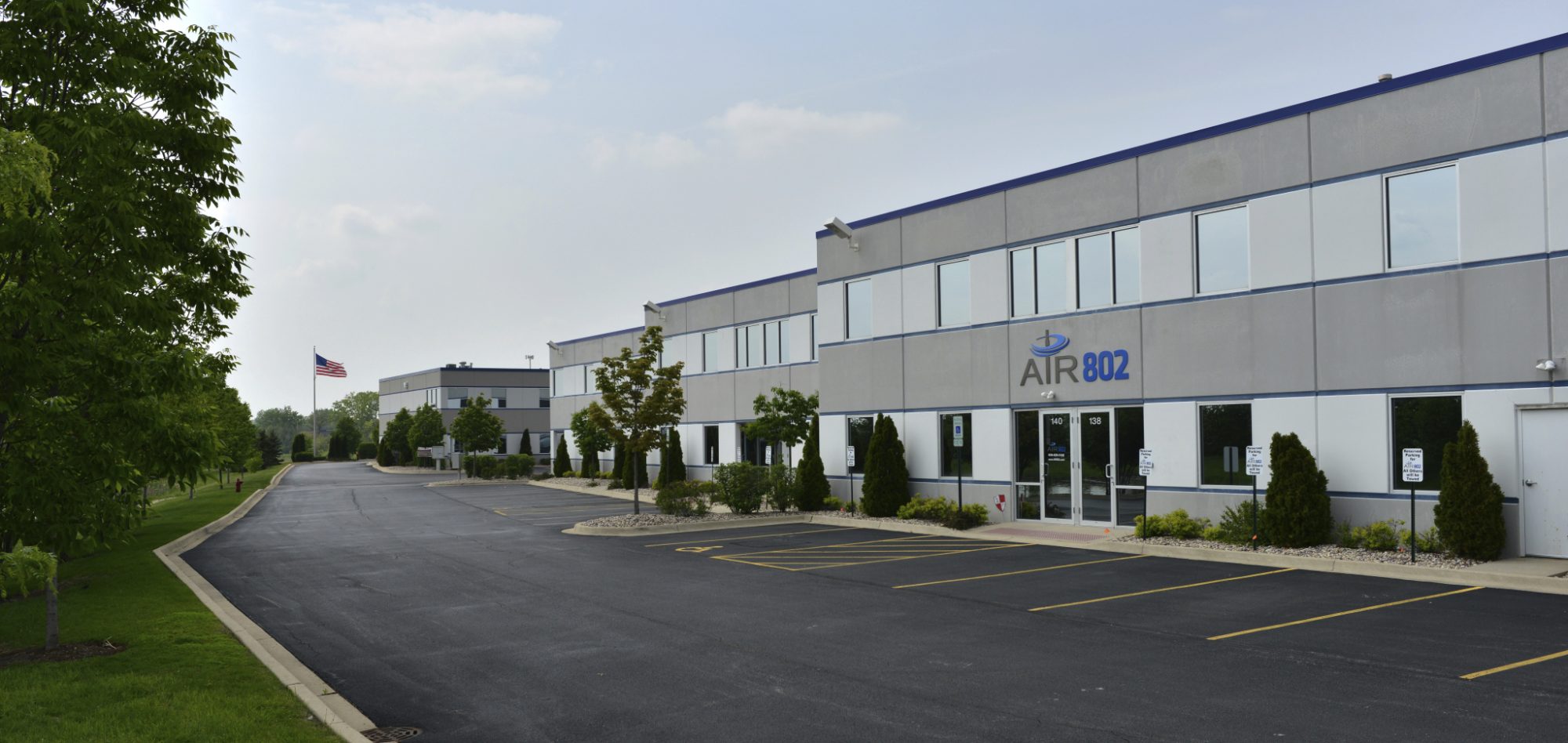Understanding the Differences
Before making a purchase, people may ask how 802.11n antennas are better as compared to the IEEE 802.11b/g. The IEEE 802.11b was the first WiFi standard which was defined as 11 Mbps. Later 802.11g was defined providing 54 Mbps. This equipment works only on 2.4 GHz frequency.
The 802.11n gives Wi-Fi more speed and range. The benefit to 802.11n is that channel bonding is incorporated; in which two separate channels that don’t overlap at the same time can be used to transmit data. This also allows the amount of data able to be transmitted to increase. Rather than 20-MHz-wide channels, 802.11n can use 40-MHz channels. It also allows for more data to be placed in each transmitted packet. It is great for customers who like gaming and streaming videos because it provides a faster wireless Internet connection as well. With latest standards , any equipment is also backwards compatible with 802.11b/g networking equipment. This standard allows operation on either 2.4 or the 5 GHz frequency band. It provides wider channels and thus the ability to provide higher bandwidth, theoretically up to 300 Mbps. Actual throughputs may be much less.

With regard to antennas, multiple input and multiple output (MIMO) antenna technology is used to transmit more data. These antennas increase both WLAN coverage and security. The 802.11n antennas have an increased range and allow numerous users do multiple tasks over the network.
Know Your Needs
If your need is short range and you have high bandwidth needs then 802.11n would be the better choice. However, if long range is your primary driving need, then opt for higher radio frequency (RF) powered wireless devices that can be found in many 802.11b/g devices such as the AIR802 model AP-G250 transmitting with 250 mW versus typical store 802.11n devices with 50 to 85mW. Power may be measured in either dB or mW.
With strong performance, better range and more compatibility, why not purchase the latest 802.11n equipment? Upgrade your home network today to improve your networking and online experience.


